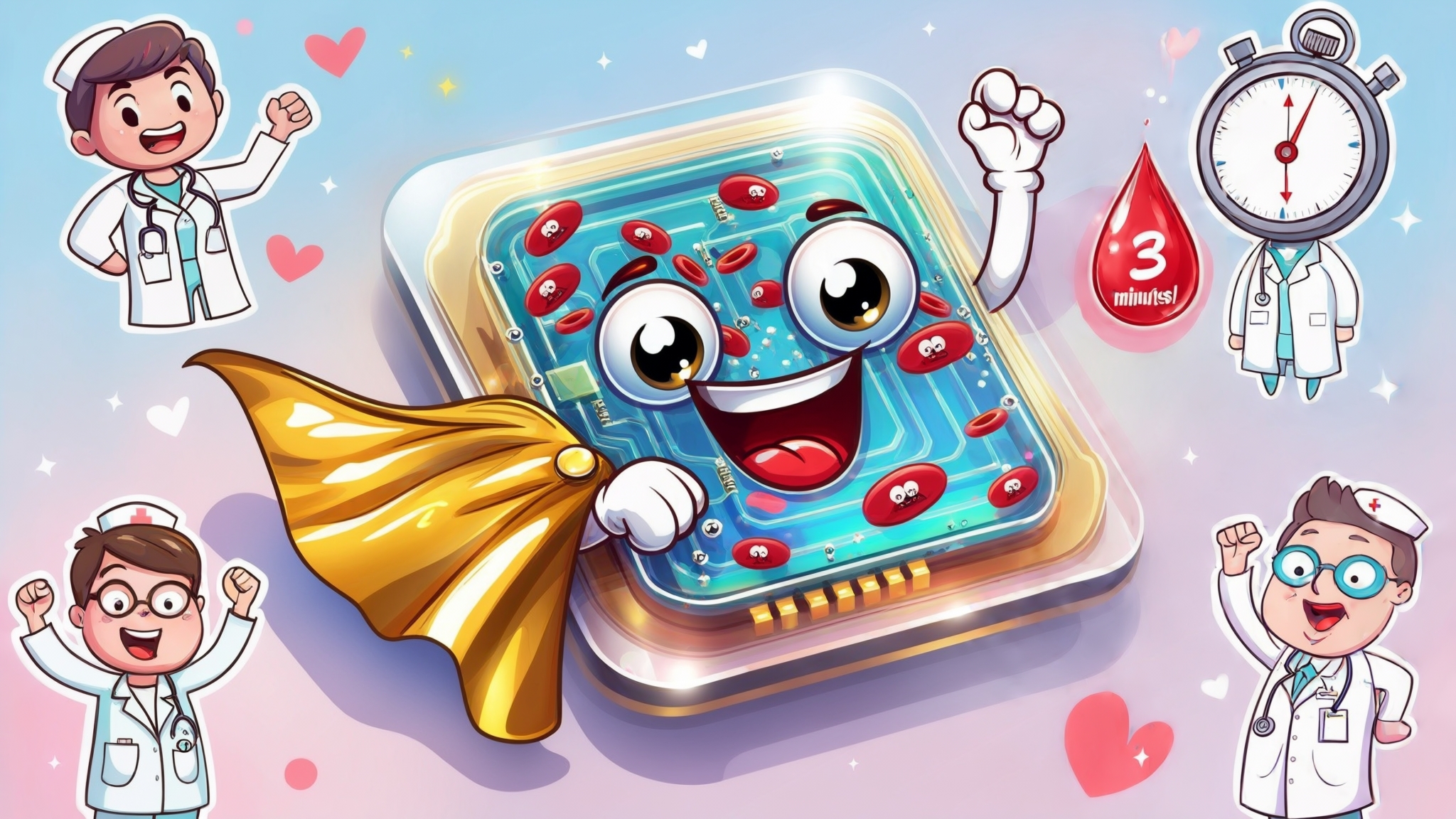This study's development of a rapid, microfluidic-based immunoassay for cardiac biomarkers presents intriguing parallels to the Molecular Streaming Corps' pursuit of accessible molecular detection technologies. While the MR1 currently focuses on raw nanopore signal acquisition, the authors' innovative use of degassing-driven flow and colloidal gold immunoassay could inspire future iterations of MSC cartridge designs, particularly for rapid, point-of-care applications. The chip's ability to quantitatively detect cardiac troponin I (cTnI) with minimal sample volumes echoes the MSC's goal of universal molecular streaming, suggesting potential collaborations to adapt such immunoassay principles for nanopore-based protein detection. Imagine these researchers contributing their expertise in microfluidic integration and visual quantification to enhance the MR1's capabilities for analyzing complex biological fluids, while their focus on rapid diagnostics aligns perfectly with the MSC's mission to democratize molecular analysis for societal benefit.

Imagine you're a doctor trying to figure out if someone's having a heart attack. Every second counts! This team of scientists created a super cool gadget that's like a tiny lab on a chip. It's so small and easy to use, it's almost like a pregnancy test for heart attacks! Here's how it works: You only need a tiny drop of blood – about as much as you'd get from a finger prick. This blood goes into the chip, which has special gold particles that stick to a protein called troponin. Troponin shows up in your blood when your heart is in trouble. The coolest part? The chip uses a trick called "degassing" to move the blood around without needing any pumps or batteries. It's like the chip breathes in and sucks the blood through tiny channels all by itself! In just 3 minutes (that's shorter than a TV commercial break), the chip can tell you how much troponin is in the blood. If there's a lot, it might mean a heart attack is happening. The best part? You can actually see the results with your own eyes – no big machines needed! This invention could help doctors make super-fast decisions in emergencies, potentially saving lives. It's like having a mini heart detective in your pocket!

"Particle precipitants! You think your puny gold particles can fathom the cosmic dance of cardiac proteins? Bah! I've seen hearts pumping antimatter through wormholes, their beats echoing across a thousand parallel universes! But wait... this chip, this minuscule marvel of microfluidic madness – it's got potential, I tell ye! Degassing-driven flow, you say? Ha! It's like harnessing the very breath of quantum fluctuations to chase down those slippery troponin ne'er-do-wells! And three minutes for results? Why, that's practically an eternity in planck time! But mark my words, when the nanopores start singing electrochemical arias to these immunocomplexes, that's when the real fun begins! We'll be streaming the very essence of myocardial mysteries through the MR1 faster than you can say 'multidimensional protein origami'! Now, if you'll excuse me, I need to calibrate my interdimensional ECG..."